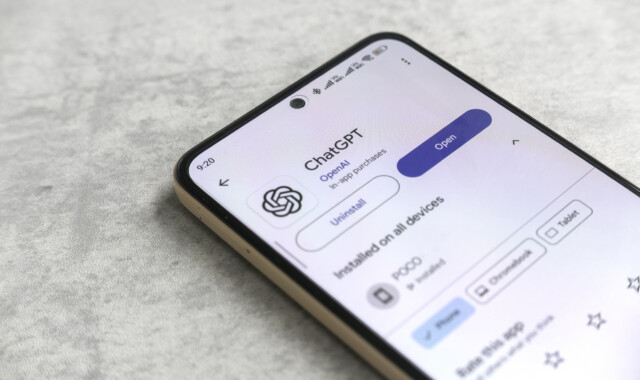Contents:
You’ve meticulously planned your online tutoring lessons, addressing the overall topic through various approaches such as questions, text, and images. You feel prepared for any questions that might come up. In an ideal world, your lessons would be predictable and straightforward. In reality, however, to create the best possible student experience, flexibility in lesson structuring and delivery is essential. In this article, I’ll outline how you can balance both and offer tips for creating adaptable lesson structures tailored to your students’ needs.
1. Know your topic
If your student has a topic in mind, it’s essential to refresh and review the topic in advance so you feel confident at the start of the session. If they want a general overview, begin with simple concept definitions and build upon their existing knowledge. Drawing from various sources is beneficial. Physics & Maths Tutor offer great resources such as topic notes, flashcards, and past papers, which can help give your lesson structure and provide accurate and current content for specific exam boards.
2. Estimate the time required
There is nothing worse than running out of material and things to discuss during a lesson! Always prepare more content than you think will be necessary for the allocated time. You may find that you don’t cover everything, and that’s okay. You could cover the content in another lesson or provide the student with resources for independent study. For a one-hour lesson, dedicating at least 30 minutes to topic-specific content followed by exam questions to consolidate knowledge is a good idea. The student may bring their own past exam questions, so be prepared for this, and keep mark schemes handy to ensure accurate guidance.

3. Have extra questions up your sleeve
If you think the lesson is moving quickly and you want to challenge your student further, then ask additional questions. Instead of merely presenting information, engage them by asking about processes or how they arrived at certain answers. This is a nice way to reinforce knowledge and understand their thinking patterns, especially for multiple choice questions.
Verbal communication can also help students understand concepts better, particularly if they struggle to write clearly. The ability to communicate concepts and ideas verbally is a key skill that all students will need in their lives, so why not start in your tutoring sessions!
4. Spend time on different concepts and processes
Students may lack confidence in their comprehension of a particular topic they missed or didn’t fully understand in class. Conversely, they may think they fully understand something, but your concept-checking questions may reveal gaps in their knowledge. Cover topics in sufficient detail to enable students to answer exam questions thoroughly and confidently. Be mindful of the language you use when re-iterating points and be willing to explain concepts in various ways until it has sunk in. Ensuring students can recall processes and concepts is crucial for their exam success and future learning.
5. Put things into context
Do you remember when you were in school and you just didn’t get the point of something? Maybe learning equations or chemical reactions seemed irrelevant to your life outside of the classroom. A good tutor should explain to students why they are learning certain things. If they can’t contextualise a concept or idea, they’re less likely to remember and apply the information correctly. Relating subjects to real-world contexts enhances learning and aids in development of critical thinking skills, so think outside of the box!

6. Deal with the unknown
Sometimes students and tutors have ‘off days’ and a lesson may not be going the way you planned. Students might feel unwell or have other things on their minds impacting their ability to focus on the task at hand. As a tutor, practising compassion and empathy is vital. In return, if you are honest and explain that this might be a bit of an off day, students are more likely to respond with understanding. Lessons may also be interrupted by other family members or phone calls. Again, being patient and flexible when issues arise is a good way to establish a positive working relationship with your student.
7. Ask the student want they want to cover next time
So, you’ve had a great lesson with your student. Now is the time to ask your student what they would like to focus on next time. They may want to explore a completely new topic, or reinforce their understanding of the current one. Perhaps they want to practise essay writing skills or have a go at multiple choice questions. Instead of guessing or making assumptions, simply ask them. This then gives you time to plan ahead and keep your lessons interesting, dynamic and varied to maintain engagement and learning. Feedback is always helpful in becoming a better tutor, so don’t hesitate to ask for some!
So there you have it: seven different ways to maintain both structure and flexibility in your lessons. It may seem like a lot to consider, but allowing for flexibility while maintaining structure can make lessons easier for you to navigate and improve student progress and learning capacity. By implementing these strategies, you will gain insight into what works well and what doesn’t in your lessons, and you will also develop as a tutor. It’s a win-win situation!








Comments